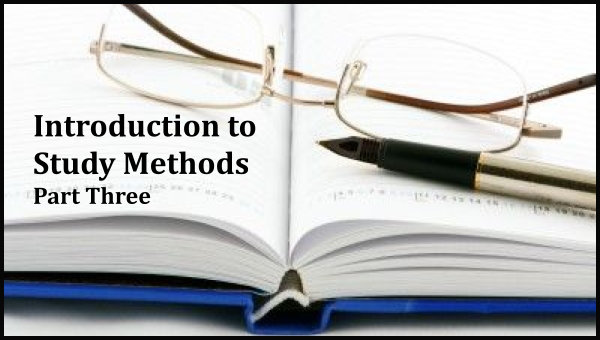By Tyson Thorne

Literary Analysis is a way of studying literature in general, not only the Bible. This method is founded on the belief that language works; that is to say that words, sentences and the like have meaning and are capable of communicating ideas to others. This might sound elementary as we demonstrate every day that language does indeed work every time we receive a request to do something at work or instruct a child to do their homework or even read a book or periodical. There are some, however, who reject the notion that anything can be truly known (which implies words may have different meanings to different people) or that at least we can only know what other people mean if they are part of the same culture. Literary Analysis challenges these objections.
Language works because authors and readers recognize public conventions governing composition and interpretation of sounds (speech) and symbols (letters and words). Because these conventions are public (and not private as those who suggest that a word can mean anything based on what that person decides it to mean) we can make an objective interpretation. In this broad scope, language clearly works.
There are elements that can hinder the exchange of ideas, however. Idiosyncratic, imprecise or deceptive use of language (such as sarcasm and humor) are just a few. Mental illnesses which impair one’s ability to follow ideas or examples is another possible hindrance, as is ignorance pf linguistic or literary conventions. Take for example Jeremiah 4.23-26. In an English translation it is easy to miss that Jeremiah is deliberately using the language of Genesis chapter one and reversing the order of creation to describe the desolation of Israel.
Because language works this method uses elements of linguistic science to determine a literature’s genre (fiction, historic narrative, non-fiction, poetry, parable, proverb, etc.), then structure (paragraph breaks, changes of style or form within the text, lines of reasoning and so forth) and then looks to variables like culture, the original audience, the original author, definitions of words and more to attempt to determine meaning. Genre sets the reader’s expectation (learning, entertainment, news, etc). Structure helps us to recognize context. Both genre and structure help us determine meaning.
This is not a course on Literary Analysis so we are not going to delve into the fullness of it as a method. What is important to understand about the method is that determining meaning is the very last step of the process and is not to be introduced early on in the process. This is important because the method we will examine tomorrow breaks this rule of study. Instead, the literary analyst, first looks for structural markers. “Paul a servant of Jesus Christ… To the church in Ephesus…” in an introductory formula. This tells us we are at the beginning of the text and indicates the genre (a letter), for example. Words like “First”, “Second” and “Third” are a rhetorical pattern that indicates a list or progression of an argument. Even typography can be an indicator (a word in bold or italics or that is larger than others may indicate a section title or emphasis) as can pagination and location of the text.
Below is a link to notes taken during a class on Literary Analysis you may download to gain a broader understanding of the concepts of this method. Also, we recommend the book “Literary Analysis: The Basics” by Celena Kusch should this be a method you wish to learn and employ (which we highly recommend). Even though this book is not written from a Christian perspective it will provide the basics for employing this method.
https://onedrive.live.com/redir?resid=31DEF9F5D1A82577!224226&authkey=!AMx-Y5VO5-Iktm0&ithint=file%2cpdf
|
|
